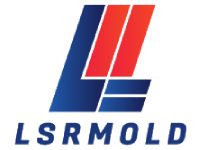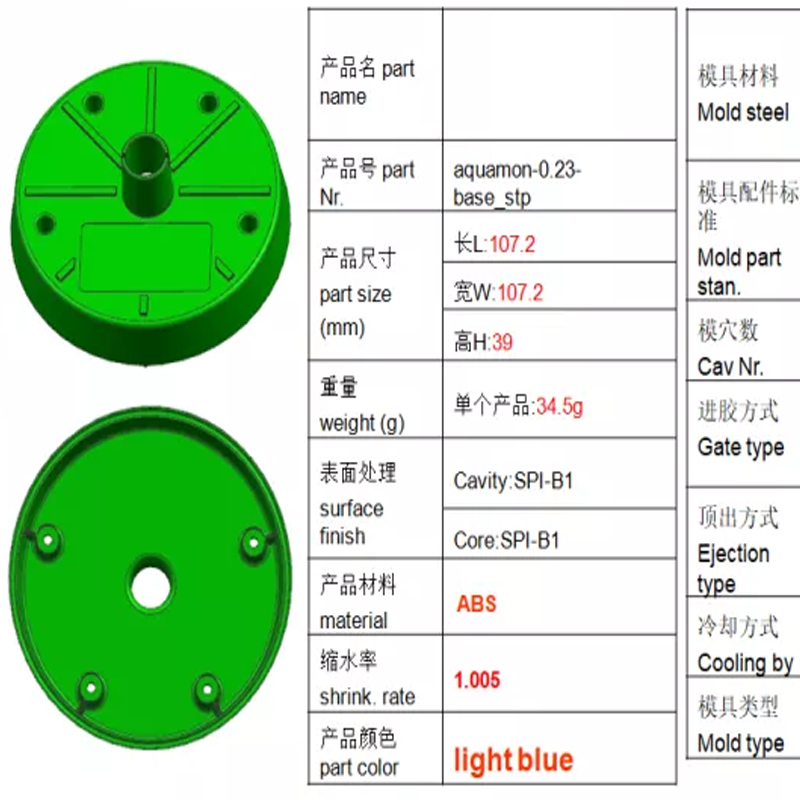When embarking on the journey of creating a new mold for injection molding, the Design for Manufacturability (DFM) report becomes an indispensable tool in ensuring the project’s success. This detailed document provides vital insights that bridge the gap between the design phase and the production process, helping manufacturers produce parts with high precision, efficiency, and cost-effectiveness. In this blog post, we’ll explore the crucial aspects of a DFM report and discuss how understanding this information can lead to better mold designs and improved manufacturing outcomes.
What Is a DFM Report and Why Is It Important?
A Design for Manufacturability (DFM) report is an analysis of a product’s design, assessing how easily and cost-effectively it can be manufactured. The DFM report provides engineers and designers with specific guidance to ensure that the part can be produced efficiently using the available manufacturing processes. The goal is to streamline production, reduce costs, avoid common manufacturing pitfalls, and improve overall quality.
By reviewing a comprehensive DFM report, manufacturers can identify potential issues in the mold design early, address them, and ensure the part meets all technical and aesthetic requirements. The report typically includes a wealth of information regarding part geometry, material selection, mold design features, and more.
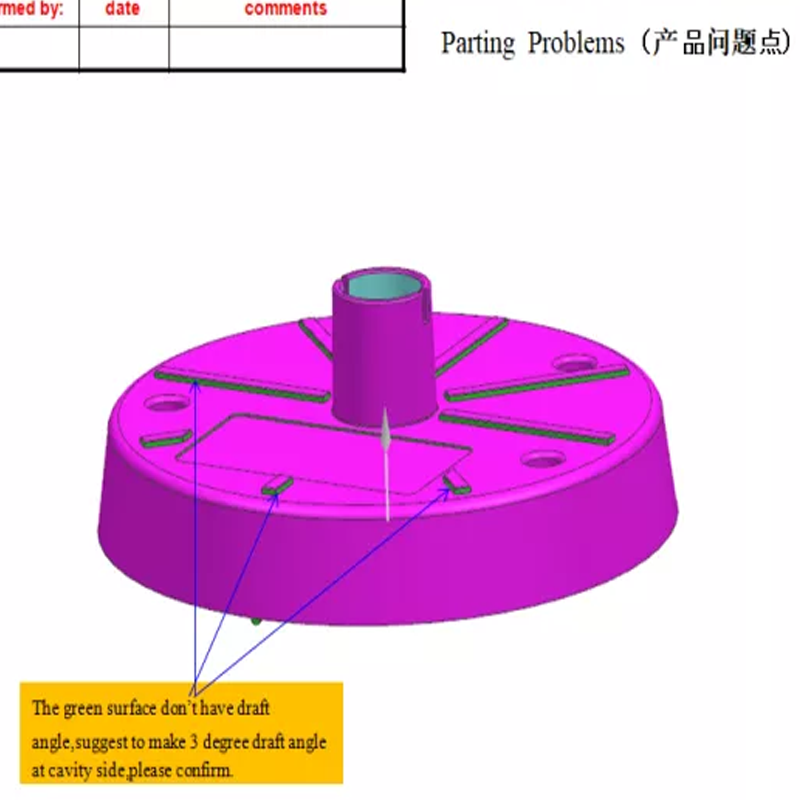
Here are the key elements of a DFM report that are essential when making a new mold:
-
Part Geometry and Design Considerations
Part Geometry is arguably the most crucial element of the DFM report. Detailed specifications on dimensions, shapes, and features allow mold designers to plan the mold accordingly. Understanding the part geometry ensures the mold will accurately produce the intended part, avoiding dimensional discrepancies and defects in the final product.
– Tolerances and Critical Dimensions: The DFM report will specify the tolerances that need to be met for different dimensions. These critical dimensions must be closely followed to avoid producing a part that doesn’t fit within the required specifications.
– Undercuts and Complex Features: Any undercuts or intricate features that may complicate the mold design should be clearly identified in the DFM report. These features might require the use of additional mold components such as lifters, slides, or core pulls, which add complexity and cost to the mold design.
-
Material Selection and Specifications
The Material Specifications section in the DFM report outlines the type of material that will be used for the molded part. This includes the material’s properties, such as tensile strength, impact resistance, flexibility, and thermal stability. The report also specifies any unique considerations when molding certain materials, such as curing times or temperatures, or whether specialized injection systems (e.g., hot runner systems) will be required.
– Material Shrinkage: Each material shrinks differently during cooling, which can affect the final dimensions of the molded part. The DFM report will specify the material’s shrinkage rate, allowing mold designers to account for this during the design process to maintain dimensional accuracy.
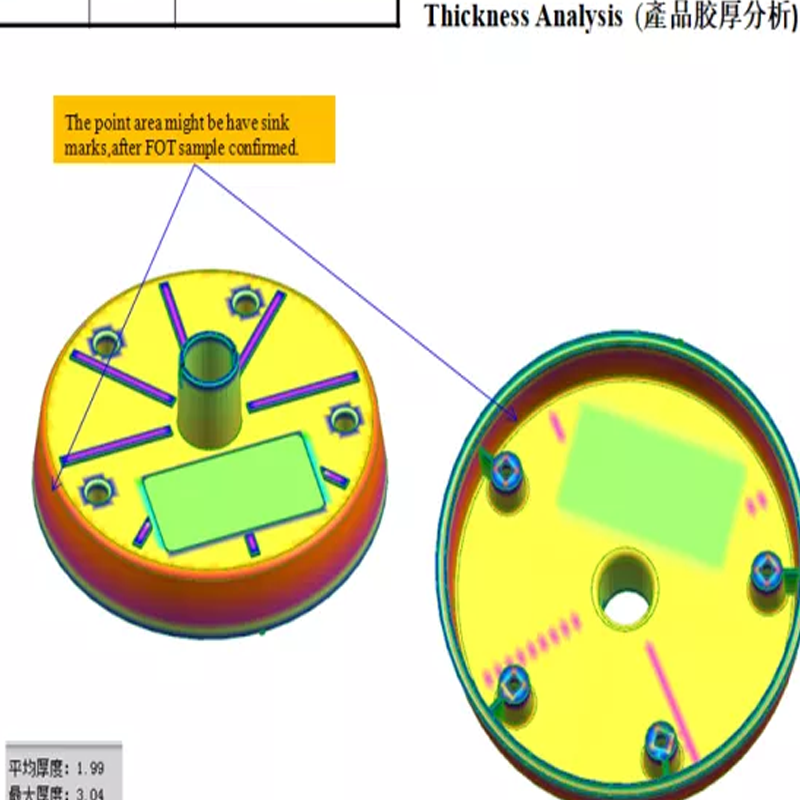
-
Draft Angles and Wall Thickness
The DFM report also includes details on Draft Angles and Wall Thickness, both of which are essential in creating an efficient mold design.
– Draft Angles: These angles are necessary to help the part release easily from the mold. If the draft angle is too small, the part may get stuck in the mold, requiring additional force or causing damage during ejection. The DFM report will specify the necessary draft angle for all surfaces to ensure smooth part ejection.
– Wall Thickness: The report will indicate the recommended wall thickness of the part. Even wall thickness is crucial for ensuring proper material flow during the molding process. Too-thick walls can cause material flow issues, while thin walls may lead to weak parts or warping. The DFM report helps in selecting the optimal wall thickness to avoid common molding defects like sink marks, warping, or incomplete filling.
-
Mold Features and Design Considerations
– Gate and Runner Design: The gate is where molten plastic enters the mold cavity. The runner system channels this material throughout the mold. The DFM report provides recommendations for gate and runner placement, ensuring the material flows evenly and fills the mold without causing defects like air pockets or uneven part filling. It may also recommend specific gate types (e.g., sprue, pin gate, or sub-gate) based on the part’s geometry and production requirements.
– Cooling System Design: Proper cooling is essential to ensure the mold’s temperature is controlled, leading to consistent cycle times and quality. The DFM report will discuss the optimal placement of cooling channels and their size to promote even cooling and minimize cycle times.
– Parting Line: The Parting Line is the line where the two halves of the mold meet. The DFM report should define the parting line location and geometry to ensure that it does not interfere with the part’s function or aesthetics. The location of the parting line also affects the mold’s ease of assembly and ejection process.

-
Manufacturing Process and Tooling
The DFM report provides insight into the Tooling and Manufacturing Process, ensuring the mold design aligns with the planned production techniques. Whether you’re using injection molding, compression molding, or another process, the DFM report helps tailor the mold design to the selected manufacturing method, ensuring compatibility and efficiency.
– Mold Tooling Requirements: The report will outline the specifications for the mold tooling, such as the need for multi-cavity molds, side-action tools, or automated ejection systems, depending on the part design and production volume.
– Recommended Manufacturing Process: The DFM report will also recommend the optimal manufacturing process, which could include variations like liquid silicone rubber molding, overmolding, or insert molding, depending on the material and part requirements.
-
Cost Considerations and Production Efficiency
An essential aspect of any mold design is cost efficiency. The DFM report will help assess how to make the mold design both manufacturable and cost-effective. The goal is to minimize production costs while maintaining high quality and reliability. The report will highlight areas where material waste can be reduced, where tool wear can be minimized, and where cycle times can be shortened.
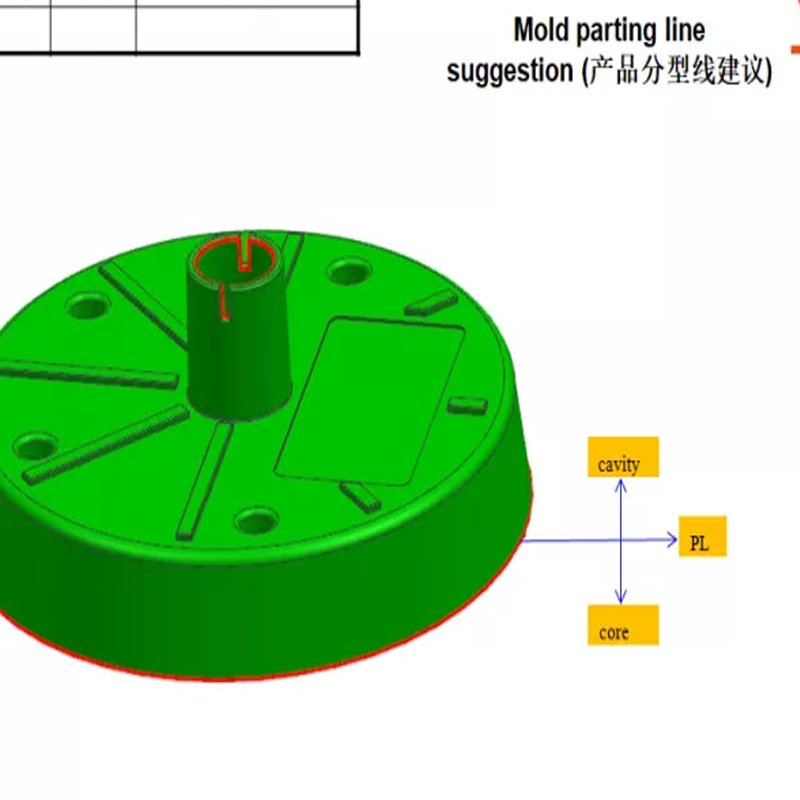
How LSRmold Can Help You Design Better Molds
At LSRmold, we understand the importance of a detailed and thorough DFM report when creating new molds. Our team is committed to delivering molds that not only meet your design requirements but also streamline the manufacturing process, ensuring both efficiency and cost-effectiveness.
Here are some of the advantages you’ll experience when working with LSRmold:
- Expert Consultation: We provide in-depth consultations to help you understand every element of your DFM report and make recommendations to improve mold design for manufacturing efficiency.
- State-of-the-Art Technology: With advanced mold-making technology, including hot runner systems, multi-cavity molds, and precision CNC machining, we can create highly complex molds that are tailored to your needs.
- Comprehensive Quality Control: Our comprehensive quality control process ensures that every mold we produce meets your exact specifications, with thorough checks for tolerance, material properties, and part functionality.
- Cost-Effective Solutions: Our experience and efficient processes allow us to offer high-quality molds at competitive prices, helping you keep production costs low while ensuring a premium product.
At LSRmold, we work closely with our clients throughout the mold design and manufacturing process to address potential challenges before they arise. We believe in providing tailored solutions that align with your unique project needs, and our team is always ready to collaborate to achieve the best results.
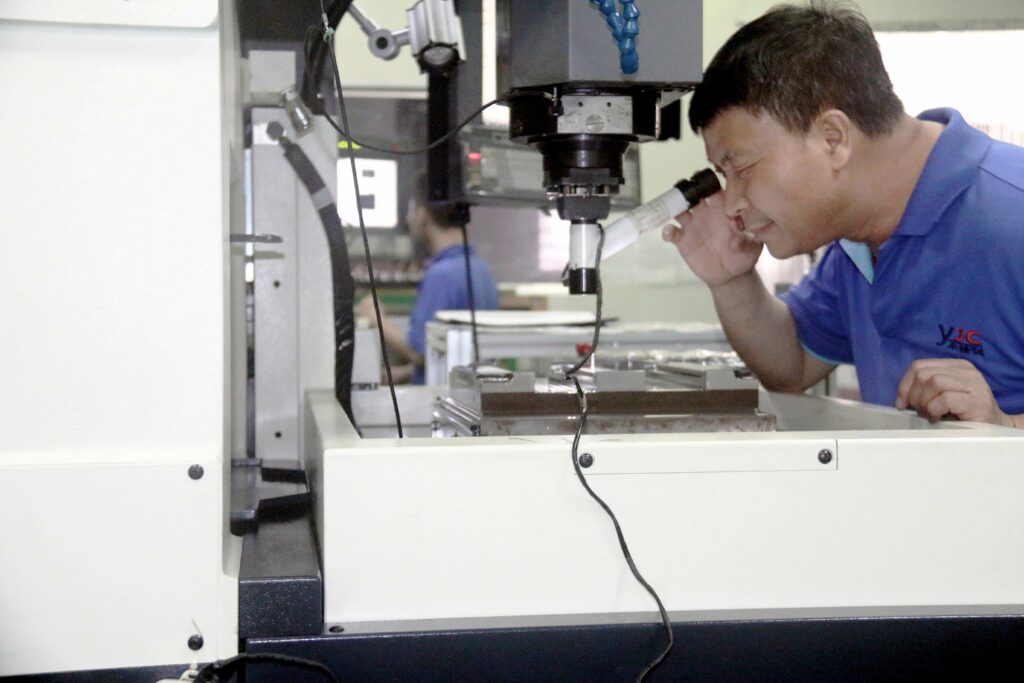
If you’re ready to take the next step in mold design and manufacturing, or if you need expert advice on interpreting your DFM report, feel free to contact us today. We look forward to helping you bring your projects to life with precision, efficiency, and the highest standards of quality!
